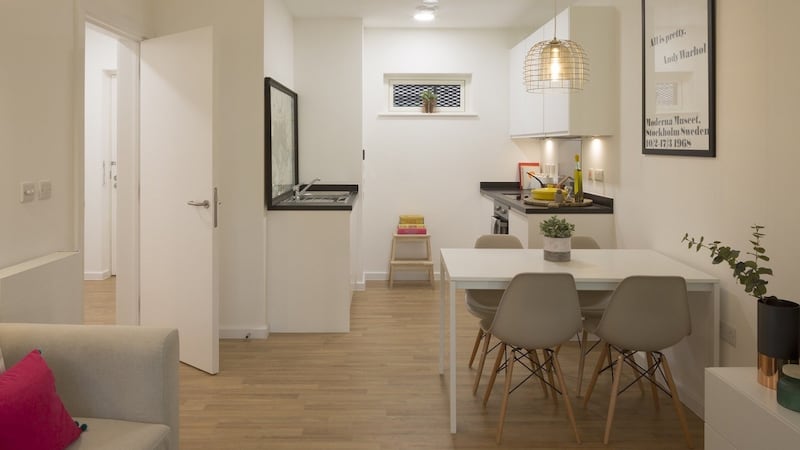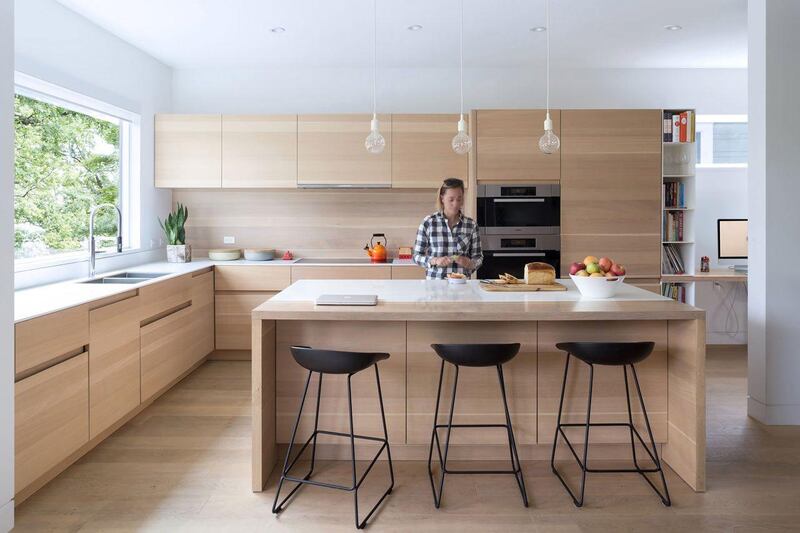It used to be that a young couple would buy a place together, wait a few years until it had increased in value and then trade up to buy something larger for their growing family. Today that notion of a “starter home” is becoming a thing of the past.
House prices have risen by 11 per cent this year and that rise is likely to continue unabated. There will probably be a huge amount of people who will never get their foot on to the housing ladder unless something changes.
The factors combining to create this problem include strict lending criteria from the banks and zero innovation on their part to assist in any meaningful way (and let’s not even get into the recent Twitter ads pulled by Bank of Ireland).
Then there’s the dire shortage of appropriate homes because of building and regulation restrictions, meaning there are not enough well-designed, well-located apartments. This is compounded by an ageing population looking to downsize, creating stiff competition for those lucky enough to have a deposit and mortgage approval. These older buyers are trading off housing equity so generally have a lot more to spend.
Affordable and conveniently located homes that will allow young people to put down roots in the cities they work in are desperately needed.
Market opportunity
The problem is that affordable housing is not viewed as a market opportunity. Builders view it as a painful tax on open market housing. There is a legal requirement for all developers to build 10 per cent social housing in any new development of more than nine units. But social and affordable housing are not the same. Social housing is owned by the local authority, while affordable housing might be privately owned and either sold or rented at an amount lower than market rates.
Under the old affordable housing scheme, those with an income under a threshold could apply to buy homes for 30-40 per cent below the market price. Sounds good, but the sale was subject to terms and conditions, such as a ban on selling a home for 10 years after buying it. Many people found themselves stuck in accommodation that was too small and were unable to move. It was then announced in 2011 that all affordable housing schemes were being scrapped in an attempt to encourage people to rent rather than buy a home.
Rents have risen nationally by almost 12 per cent in the year to June 2017, while the supply of accommodation is at an all-time low. The average monthly rent is now €1,159. This is up €122 a month since last year. People are now paying so much in rent it’s almost impossible to save for a deposit to buy.
Grim prospect
It’s a grim prospect for those looking for a first home. Maybe recent experience in the UK could offer some hope over here. In 2005 a company called Pocket Living opened for business in the UK with a mission to develop compact apartments for the throngs of young, middle-earning Londoners who couldn’t afford to buy their first home.

It wasn’t plain sailing – they had to challenge the planning laws to allow them to build homes that were outside the constraints of the minimum size requirements. They figured out exactly how compact a home could be and still deliver all of the comforts required. Large windows, plenty of storage, room for a large double bed, a desk and wardrobe space, roof terraces and bike storage were all factored in. Corridor space was sacrificed to maximize the living space, and they arrived at 38sq m for a minimum area – a full 10 sq m under the required 48sq m set by the planners. By keeping the homes as compact as possible, they made them affordable.

Unsurprisingly, they faced a lot of resistance. But over time the planners adapted policy to accommodate the new size, when it was demonstrated that Pocket Living would administer the future resales of the homes to the same target market again and again.
The units were only sold to first-time buyers who lived or worked locally (which meant it didn’t compete in the downsizers’ market). The homes are sold at a discount of at least 20 per cent to the surrounding market rate. Pocket Living’s mission was simple: “Our flats are for the millions of young, middle-earning Londoners who contribute to their city in so many ways but can’t afford to buy their first home.”
In essence they are perfect for first-time buyers trying to make a start. And most importantly it’s a long-term solution that will serve not only those needing homes now but generations of first-time buyers to come.
Denise O'Connor is an architect and design consultant














